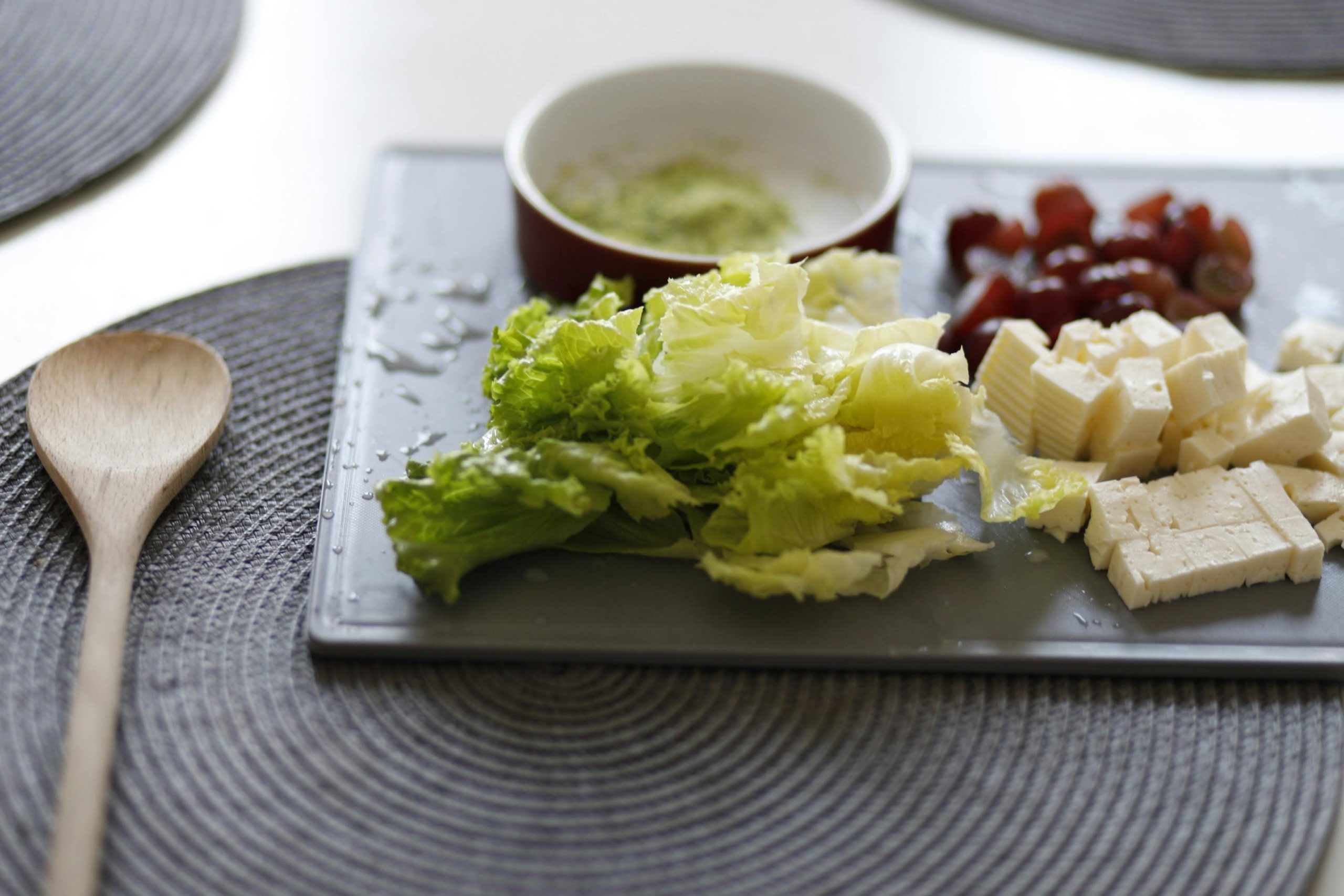Are you curious about the buzz surrounding plant-based pasta?
It’s easy to feel overwhelmed by the array of pasta alternatives claiming health benefits.
Plant pasta is a nutritious and sustainable alternative to traditional pasta, made from ingredients like legumes and whole grains.
This comprehensive guide will delve into why vegan plant pasta is gaining popularity, explore various plant-based pasta types, and offer creative recipes and tips to enhance your culinary experience.
Why Choose Vegan Plant Pasta?
Choosing vegan plant pasta is not just a trend; it’s a lifestyle choice that supports both personal health and the environment. Opting for vegan pasta means indulging in a meal that’s free from animal products, which significantly reduces one’s carbon footprint and promotes sustainability.
Moreover, vegan pasta dishes are often rich in plant-based proteins and other essential nutrients, making them a wholesome option for anyone looking to maintain a balanced diet. The variety of plant-based pasta available today means you can enjoy different flavours and textures while still reaping the nutritional benefits.
Enhancing Vegan Pasta with Cashew Cream
Cashew cream is a fantastic way to add a rich, creamy texture to vegan pasta without using dairy. This cream is not only delicious but also packs a nutritional punch, providing monounsaturated fatty acids which are great for heart health, and essential micronutrients like magnesium, iron, and vitamin B6.
Healthy Alternatives to Traditional Pasta
Exploring healthy alternatives to traditional pasta opens up a world of nutritious and tasty options. Plant-based pastas, made from ingredients like legumes, whole grains, and vegetables, offer a fantastic way to enjoy your favourite dishes while gaining various health benefits.
These alternatives not only cater to those following vegan and gluten-free diets but also add a delightful variety to any meal. With options ranging from lentil pasta to brown rice pasta, there’s a plant-based pasta to suit every palate and dietary need.
Creative Substitutions in Plant Pasta Recipes
In the realm of plant pasta recipes, creative substitutions are key to enhancing both flavour and nutritional value. For instance, swapping traditional noodles for chickpea pasta can significantly boost protein content without sacrificing taste.
The Nutritional Benefits of Legume and Whole-Grain Pasta
Legume and whole-grain pastas stand out as nutritious staples in a plant-based diet. These pastas are not only rich in protein and dietary fibres but also have a low glycemic index, which helps in managing blood sugar levels.
Furthermore, the inclusion of legumes like lentils and chickpeas in pasta offers essential amino acids and iron, making them an excellent choice for a hearty, healthful meal. These benefits make legume and whole-grain pastas a smart choice for those looking to maintain a balanced diet.
Yellow Pea Pasta: A Nutritional Powerhouse
Yellow pea pasta is emerging as a nutritional powerhouse within the plant-based pasta category. Rich in protein and fibre, this pasta option supports muscle health and digestive well-being.
Additionally, yellow pea pasta is naturally gluten-free and provides essential nutrients such as potassium and phosphorus, which are crucial for maintaining heart health and bone strength. Its mild, nutty flavour also makes it a versatile base for a variety of dishes.
Exploring Types of Plant-Based Pasta
Plant-based pasta comes in a myriad of types, each offering unique nutritional benefits and culinary possibilities. From chickpea pasta to red lentil pasta, these alternatives are not just for those on a vegan diet but for anyone seeking to add variety and nutrition to their meals.
Each type of plant pasta brings something different to the table. For instance, chickpea pasta is high in protein and fibre, making it a filling option that’s perfect for energy-rich meals. On the other hand, red lentil pasta offers a hearty texture and is also packed with protein, ideal for those looking to increase their intake.
The Variety of Plant Pasta Shapes
The shapes of plant pasta vary widely, from traditional spaghetti and penne pasta to more unique forms like spirals and shells. Each shape serves a purpose, whether it’s holding onto creamy sauces or fitting perfectly into a comforting soup. Here’s how you can use some of them:
- Spaghetti: Best for light, oil-based sauces
- Penne: Great for thick, hearty sauces that fill the tubes
- Shells: Ideal for capturing small veggies or chunks in a thick sauce
Spotlight on Farfalle: A Versatile Plant Pasta
Farfalle pasta, often recognised by its charming bow-tie shape, is a delightful choice among the various types of plant-based pastas. Its distinctive design is not only aesthetically pleasing but also highly functional, as the pinched middle and broad edges are perfect for catching and holding onto sauces. This makes farfalle an excellent option for a range of dishes, from creamy casseroles to light, vegetable-laden salads.
When considering recipes that best showcase farfalle’s versatility, think beyond just traditional Italian meals:
- Use farfalle in a vibrant pasta salad, mixing it with sun-dried tomatoes, olives, and a sprinkle of vegan feta cheese.
- For a heartier dish, toss farfalle with a rich, plant-based creamy sauce and seasonal vegetables like asparagus and bell peppers.
These ideas not only highlight the pasta’s functional design but also its ability to adapt to various culinary styles, making it a staple in plant-based cooking.
Crafting Creamy Pantry Plant Pasta Dishes
Crafting creamy plant-based pasta dishes from pantry staples is both an art and a practical way to prepare a satisfying meal. Start with a base of olive oil, sautéing garlic and onions to create a flavourful foundation. Then, introduce liquids like vegetable broth or water to help cook the pasta directly in the sauce, enhancing the dish’s overall taste and creaminess.
To achieve that rich, creamy texture without dairy, ingredients like nutritional yeast and tahini are essential. Nutritional yeast adds a cheesy flavour, while tahini lends a smooth, buttery consistency. Here are some key ingredients to consider:
- Nutritional yeast for a cheesy flavour
- Tahini for creaminess
- A splash of tomato sauce for depth and colour
By using these pantry items, you can whip up a delicious, creamy pasta sauce that’s both comforting and nutritious.
Experience Plant Pasta with Indulge’s Culinary Tours
INDULGE offers an exceptional opportunity to explore the world of plant pasta through their culinary tours in Zurich. By participating in these tours, you can experience firsthand how versatile and delicious plant-based pasta can be. Each tour is crafted to showcase unique pasta dishes that highlight local and international flavours, ensuring a memorable gastronomic adventure.
During these tours, you’ll not only taste various plant pasta creations but also learn about their nutritional benefits and the sustainable practices behind their production. Here are a few highlights you can expect:
- Introduction to different types of plant pasta like chickpea, lentil, and pea pasta
- Interactive sessions with chefs who specialize in plant-based cooking
- Insights into pairing plant pasta with the right sauces and ingredients to enhance flavours
This engaging experience is perfect for anyone eager to expand their culinary horizons while staying health-conscious.
Frequently Asked Questions
What is plant pasta?
Plant pasta is a nutritious and sustainable alternative to traditional pasta, made from ingredients like legumes and whole grains. It offers a variety of flavours and textures while providing significant health benefits.
Is plant-based pasta healthy?
Yes, plant-based pasta is healthy. It is often rich in plant-based proteins and other essential nutrients, making it a wholesome option for maintaining a balanced diet. Additionally, it includes options like legume and whole-grain pastas, which are rich in protein, dietary fibres, and have a low glycemic index.
What plant is pasta made from?
Plant-based pasta can be made from a variety of plants, including legumes like lentils and chickpeas, as well as whole grains and vegetables. Specific examples include chickpea pasta, red lentil pasta, and yellow pea pasta.
What is vegan pasta made of?
Vegan pasta is made from plant-based ingredients that do not include any animal products. It can be made from legumes, whole grains, and other plant materials that provide a rich source of nutrients while being environmentally sustainable.







